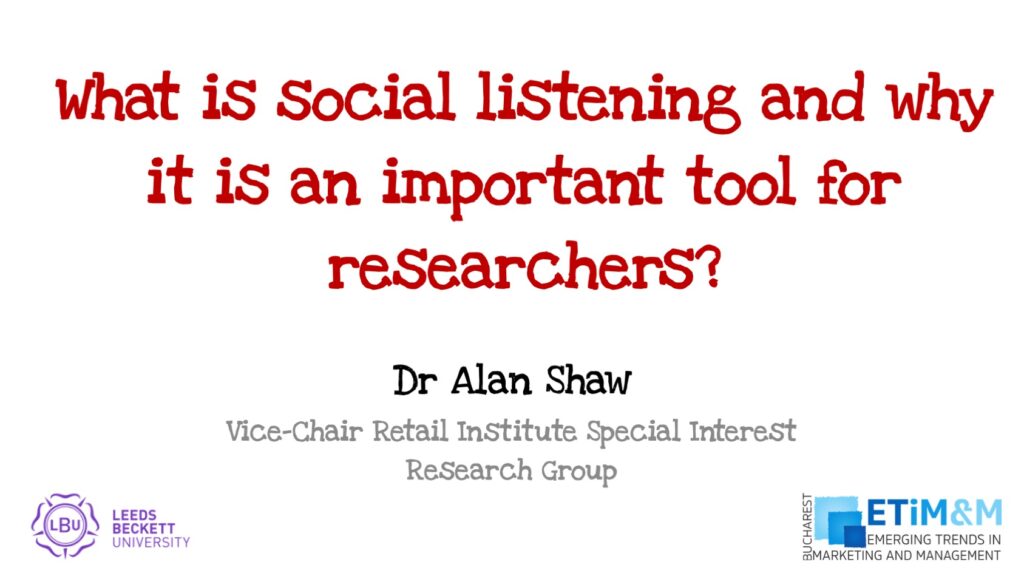This is the final article in the series looking at establishing a corporate reputation management process. It focuses on the benefits that can be gained from such a process and gives the reader some guidance to the steps they need to take.
Success can only be achieved if the process is driven from the top. You should also follow the advice given by Fomrun and van Riel: make it visible, distinctive, transparent, authentic and consistent. Who should manage this process? This is where the first dilemma comes in: Abratt states that an organisation should have a department manned and charged with the responsibility of managing the corporate image. In addition, it should report directly to the CEO. Unfortunately many small and medium size companies do not have the resources and funds to do so.
So what is the solution? Based on Snyders work, the building of a strong cross-functional team could enhance the business position not only in terms of this project (introducing a corporate management process) but all future change programmes. In the current economic climate it is also the most attractive. By using internal staff, ownership of the project will remain within the business. It is imperative however, that the right facilitator is picked to educate and guide the team during the initial phase.
It is also imperative that the whole business is made aware of proposed changes. This must include a companywide education programme. There should be no single function that is given budgetary control of the process however the communications team will be taught how to facilitate the process: as a result, the executive board must take full ownership, ensuring all objectives are to be aligned with the CR goals. The executive team need to have:
1. A strategic communications plan.
2. An understanding of their stakeholders.
3. A robust way of monitoring the process.
Develop strategic communications plan.
To achieve visibility and transparency, strategic communications plans need to be developed. They must be fully integrated and include all tertiary communications: the process must include monitoring facilities. The advent of social media and new technology platforms mean that there are many more communication channels that the business should be aware of.
The strategic aspect of the communications plan must be aligned with the corporate strategy. It will ensure that the process creates value, transparency, authenticity but more importantly it will ensure a consistent message is sent to external and internal parties which can then be measured to monitor its effectiveness (Chandler)
Stakeholder Surveys
A series of surveys must be carried out to test key stakeholders on their perception of the business / company. The oral interview process like the “Kelly repertory grid”, “natural group” and “Q-sort” would have been the ideal method because a skilled analyst can quick tailor the questioning to confirm their understanding, giving them detail insights to the stakeholder’s thoughts. Unfortunately these methods are labour intensive and costly.
As a result, this article recommends using the “Attitude Measurement” process (van Riel and Fombrun), which is based on a standard questionnaire. These questionnaires should be designed for 6 distinct stakeholder groups:
1. Direct customers.
2. End customers.
3. Employees.
4. Suppliers.
5. Investors.
6. Community (targets the businesses and local residence in a 5 mile radius from the primary manufacturing plants only)
The mechanism used should be an online survey tool (using email addresses) and hardcopy questionnaires that will be sent by post (community segment only). To encourage participation: responses will be anonymous (employee and supplier segments only), there should be a limit on the number of questions (between 10 -15 depending on segment) and a prize draw made for the customer and community segments.
The results from the first set of questionnaires should be used to set the corporate benchmark. It can then be used annually to monitor progression. It ensures consistency and keeps costs low but must be designed with an element of flexibility to test new concerns. The questions should be based on a tried and tested process. The initial proposal is to use Fortune’s AMAC annual survey focusing on the following questions:
1. Financial soundness.
2. Long-term investment value.
3. Use of corporate assets.
4. Innovativeness.
5. Quality of the company’s management.
6. Quality of its products and services.
7. Ability to attract, develop and keep talented people.
8. Acknowledgement of social responsibility.
The primary purpose is to ascertain the stakeholder’s perception of the company.
Introduce a robust monitor and control process.
Finally there must be a simple, robust yet cost effective method to monitor and control the corporate reputation process. There will be three facets to the process:
1. Managing the formal aspects: the surveys.
2. Managing the informal aspects: the tertiary information.
3. Managing the progression of any corrective action plans.
It is also proposed to split the surveys throughout the year. This will mean better utilisation of resources but more importantly the message surrounding corporate reputation stays alive throughout the business. Results must be displayed and communicated both internally and externally: this will encourage future participation amongst the stakeholders. It is particularly important to communicate the corrective action plans.
The benefits.
Many practitioners and academics including Weigelt and Camerer, Anderson and Sullivan and Andreassen have all demonstrate that corporate reputation is directly linked with customer loyalty and satisfaction. This in turn leads to increased sales. This factor alone should drive business to push such a process.
There is also the question of belief and confidence in a business, according to Gray, managing the corporate image is the key to security and maintaining public trust. People are far more likely to continue working with those business that they trust.
Business will excel if they can attract and retain talented individuals. The cost of recruiting such individuals was identified by Philips. They include:
1. The administration of the resignation.
2. The recruitment costs.
3. The selection costs
4. The cost of covering during the period in which there is a vacancy.
5. The administration of the recruitment and selection process.
6. The induction training for the new employee.
Michaels and Spector also suggests a possible causal link between job satisfaction and employee turnover.
These are all clearly benefits that can help individuals believe in the brand and image of a company which will ultimately grow the business.
Conclusion.
This article and the previous two (first article, second article) has highlighted many examples of how CR and the introduction of a CR management process can enhance the bottom line for a business. It challenges Abratt’s suggestions and demonstrates that an effective programme can be introduced utilising existing resources at very little cost.
Based on Schein’s model of culture, this new process will also allow the business to gain an understanding of the relationship between deep rooted assumptions (tacit) and current ways of working: allowing it to change to a more effective and efficient company.
It should now be clear that a good brand or reputation will stimulate a purchase by simplifying decision procedures for customers. It encourages the retention of talented individuals and makes the recruitment of new ones easy. It builds trust amongst investors making it easier to gain access to capital.
Credits:
The lead picture is an adaption of the work by Ideas go:
http://www.freedigitalphotos.net/images/view_photog.php?photogid=809
Alan Shaw
Latest posts by Alan Shaw (see all)
- What is social listening and why it is an important tool for researchers? - July 31, 2021
- COVID-19 and Remote Learning: Experiences of parents supporting children with SEND during the pandemic. - June 30, 2021
- Using Netnography To Evaluate The Launch And Collapse Of The European Super League - April 21, 2021
- Developing Semi-Structured Interview Questions: An Inductive Approach. - April 9, 2020
- Developing Semi-Structured Interview Questions: A Deductive Approach - April 9, 2020
















4 Comments
You bring up some good points here. I find myself in a country role and have to depend on the global team to drive the changes when it comes to corporate comms. Unfortunately they are a bit slow. Does anyone have any ideas on how I could get them to be a bit faster?
Great post with lots of importnat stuff.
Hi Brian, you need to start working on some lobbying techniques to try and get them on your side.
More posts of this quality. Not the usual c***, plesae